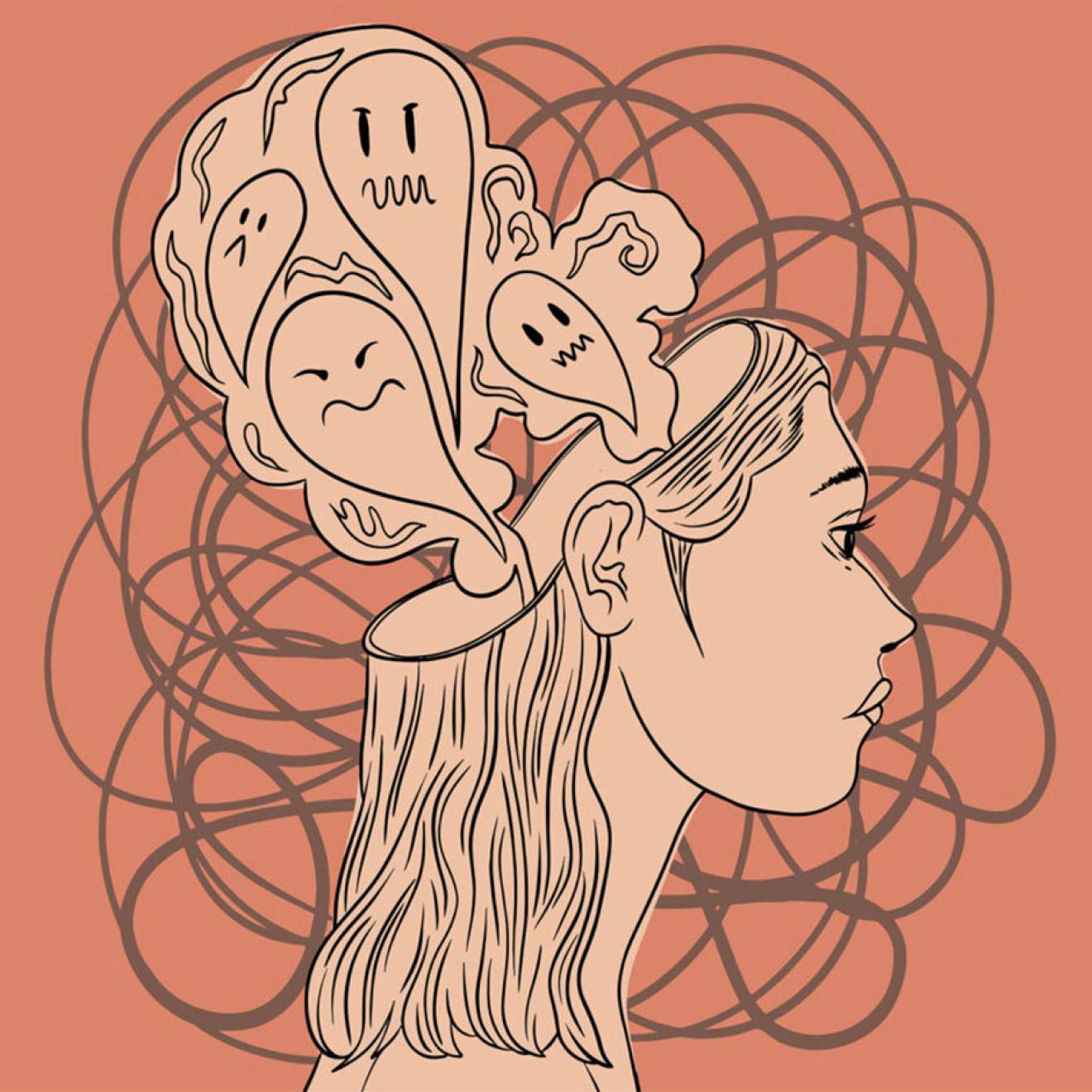Zak Long, Julia Busiek, UC Newsroom
As organs go, the human brain is an odd one. It’s remarkably big relative to our bodies, for starters. It’s also wrinklier than most, with a complex, folded surface making space for the tens of billions of interconnected neurons that give rise to our species’ unique cognitive powers. Oh, and it’s jiggly — like, really jiggly.
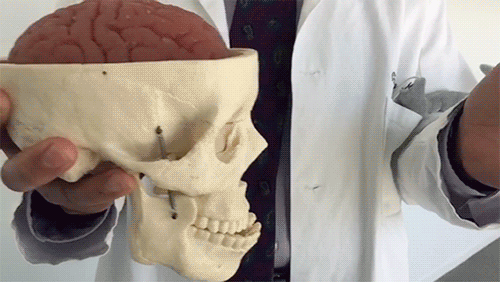
“If you took a brain fresh out of the skull, you'd be a little bit shocked at how friable it is. It almost feels like you're holding a Jell-O mold,” says UC Berkeley neuroscientist Bob Knight. We recently visited his lab to learn more about brain injuries: how they happen, how to prevent them, and why some kinds of hits to the head are much worse than others.
What happens to your brain when you get a concussion?
Your brain spends its life packed tight inside your skull, afloat in a thin layer of fluid that prevents it from sloshing around too much as you go about your day. But when you get hit in the head, the force of the blow can overwhelm that fluid barrier, squishing your brain against the inside of your skull.
That’s a concussion, and a 2021 survey from the CDC found that nearly 30 percent of adults have had at least one.
But not all concussions are created equal. Say you slip and fall and hit the back of your head. The back of your skull is hard and smooth, so when your brain hits it, “maybe you’ll see stars, but you’re not going to damage anything,” Knight says. But when your brain bounces forward into the front of your skull, things start to get serious.
The inside of your skull has sharp ridges in the front, above your nasal cavity, Where the smooth back of your skull distributes forces, the sharp features in the front of your skull concentrate them, leading to damage to the frontal lobe.
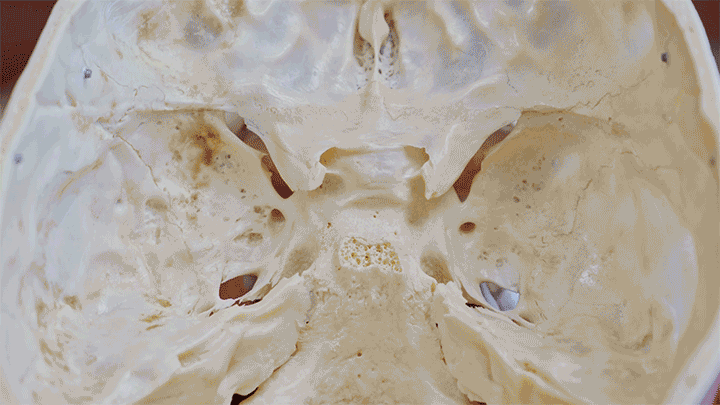
The most dangerous type of concussion
There are no good ways to take a blow to the head. But one type of hit is especially bad. Imagine a boxing match, where a fighter can take dozens of punches straight to the face and stay on his feet. “Then the opposing fighter sneaks in a cross that hits them in the jaw. Their head spins and they collapse. And that’s because you put a torque to the brain and the brain just can’t stand torque,” Knight says.
Any hit to the head can stretch or compress the delicate fibers connecting our brain cells to each other. If only the outer layer of the fiber is damaged, it can regrow, so symptoms from these milder concussions are likelier to improve. But a hit that causes your head to spin can stretch those fibers so far that they snap. When that happens, the fibers can’t grow back together, and the damage is typically permanent.
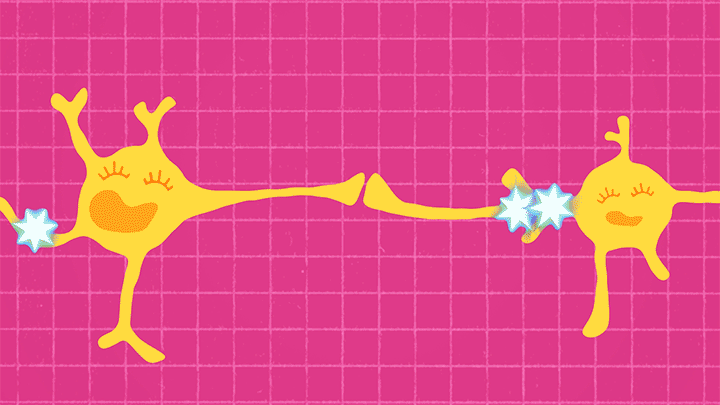
Concussion vs. CTE — what’s the difference?
Most first-time concussions don’t leave lasting symptoms. But repeated hits, even if each one isn’t forceful enough to leave you with a headache or blurred vision, can add up to catastrophic damage in the long run. Scientists call this condition chronic traumatic encephalopathy, or CTE.
“With repetitive brain injuries, there’s laying down of a protein called tau,” in the front of your brain, right where it meets the sharp parts of your skull, Knight says. And the part of your brain that sits next to that hazardous terrain — your frontal lobe — does things like decision-making, planning and social cognition: “a whole range of very unique human behaviors.”
Maybe you’ve heard of tau: it also accumulates in the brains of people with Alzheimer’s and some other forms of dementia. When tau builds up in the frontal lobe following trauma, it’s associated with erratic behavior and declining cognitive function and memory.
Scientists don’t yet know why tau accumulates in response to repeated trauma, but they know the condition is particularly common in boxers and football players, whose jobs can involve taking dozens of hits per day. More recent research has also uncovered evidence of CTE in soccer players, linked in part to heading the ball. And a study from UC Irvine found that offensive centers in water polo get hit in the head an average of seven times per game.
The quest to protect brains with a better helmet
The neuroscience of brain injury has come a long way in recent years. Helmet technology? Not so much. “You could go to 7/11 and buy a beer cooler and cut it up, then get a really nice big roll of duct tape, tape it all together, put it on your head, and you’ve got a helmet that’s close to a lot of helmets that are being sold,” Knight says.
A standard helmet’s hard shell distributes forces and the foam absorbs them — which is way better than your skull taking all the blow. But that still leaves the wearer’s brain vulnerable to torque. “So we decided to come up with a new design that was specifically designed to mitigate rotational force,” Knight says.
Knight’s innovation is a double-layer helmet, which basically works like two salad bowls stacked together. When the outer layer gets hit, it can slide and move independently of the inner layer, which is the part that’s strapped to the wearer’s head. In lab testing, the two-layered design markedly reduced the rotational force translated to the wearer compared to other designs. “The force gets diminished from going into the internal salad bowl,” Knight says. “So your salad’s still fine — in this case, your brain.”
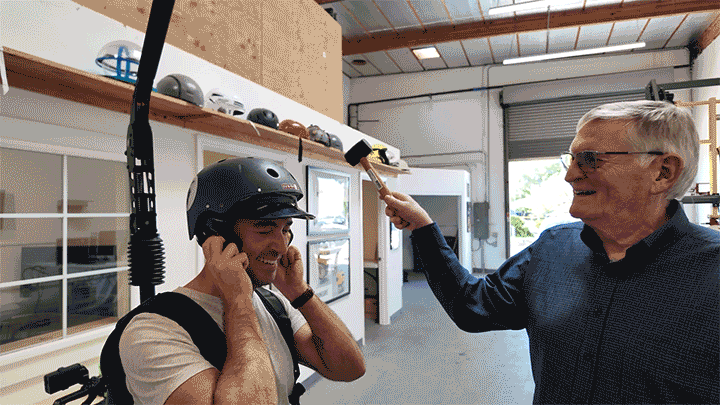
Knight launched a company called Brainguard to develop and commercialize the two-layer design and create different models specific to cycling, football, baseball, hockey and construction work. In the meantime, he emphasizes that any helmet is better than none, and no helmet on earth can eliminate your risk of head injury. Because at the end of the day, he says, “Your brain is not designed to be hit. It’s as simple as that.”
